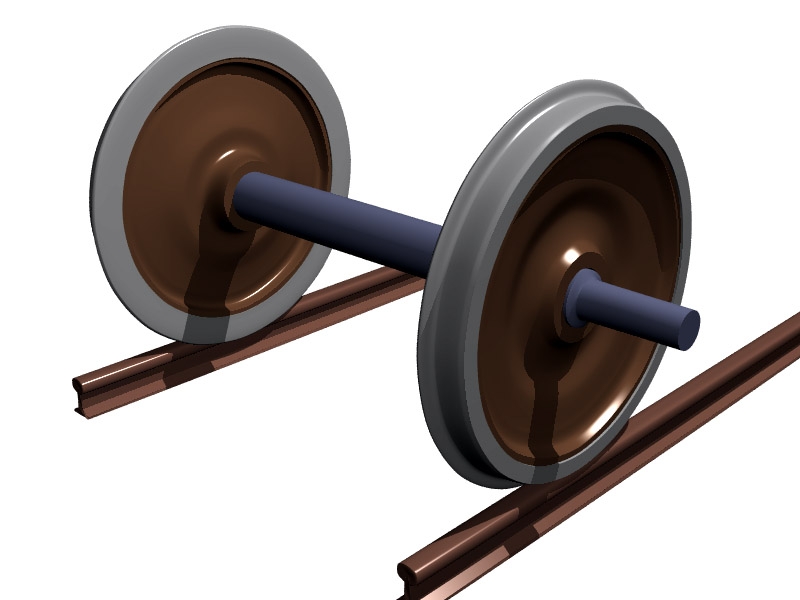

An automobile axle is essentially two wheels separated by a rod or other stabilizing device designed to maintain the distance between the two wheels. It must bear the weight of the entire vehicle, as well as any cargo and passengers. It also must endure both braking and acceleration forces of the vehicle, meaning it must be incredibly robust in its construction while being relatively simple in structure. There are two basic types of automobile axles: the drive axle and the dead axle.
The drive axle’s location depends on whether the automobile is front or rear-wheel drive. It is somewhat more complex than a dead axle because it comes in two halves, with a multi-ended joint connecting the two. This joint is called a constant velocity or CV joint. It connects to the driveshaft, a rod which extends from the automobile’s transmission, which is connected to the automobile’s engine. As the driveshaft turns, the motion is transferred to the drive axles via the CV joint. This causes the wheels connected to the ends of the axle to turn. While 4-wheel drive vehicles have two drive axles, all automobiles must have at least one drive axle to function.
A dead axle is an axle that is not connected to the engine, meaning it does not turn under its own power. Its wheels turn only when the vehicle is moving, caused by the drive axle. Dead axles exist primarily for load-bearing purposes. They help to distribute the weight of the vehicle, which is why many large trucks have multiple dead axles.